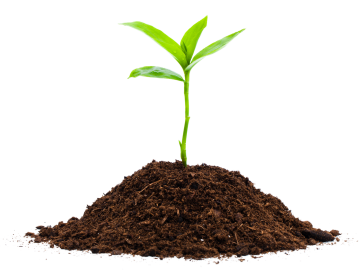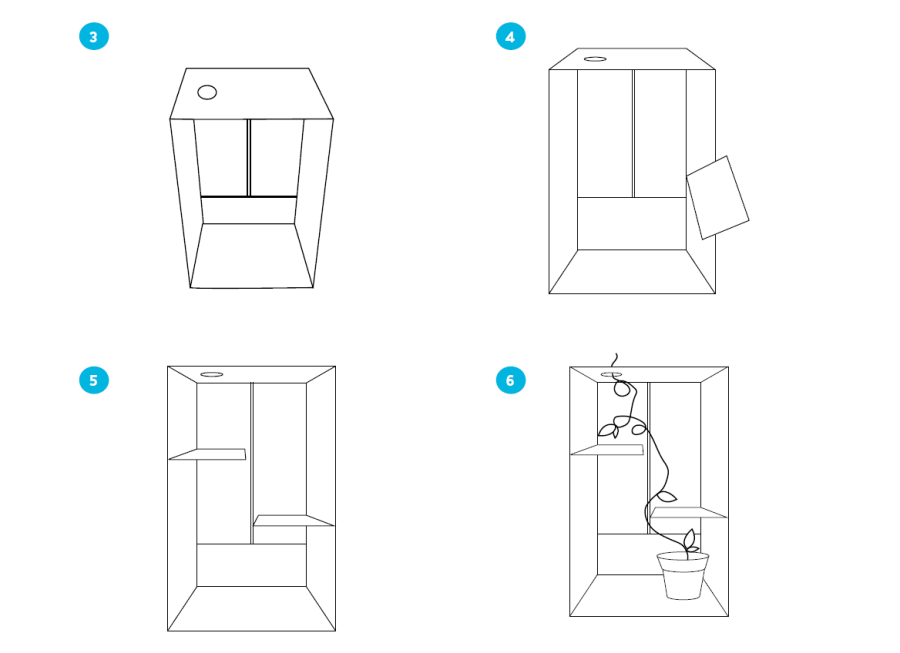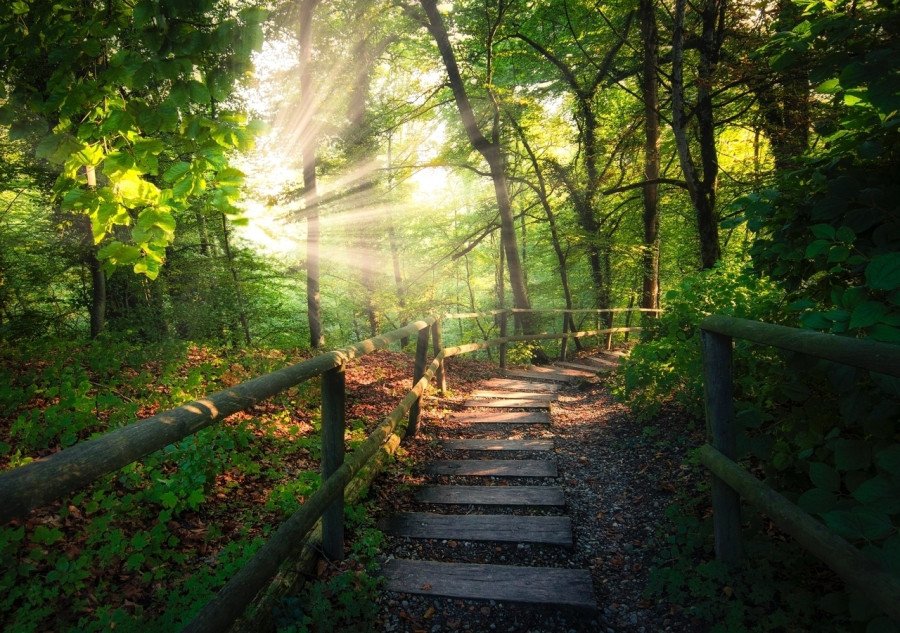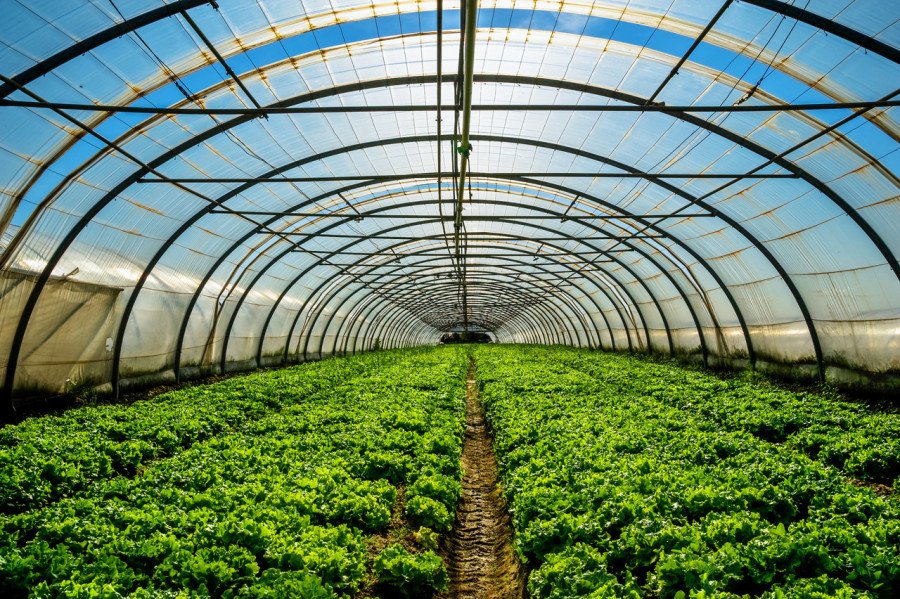Light for life
Plants are smart. Find out how as you build, plant, and learn about light and saving energy.
- Grade 5
- 3 activities
- 1.7 hours

Big idea
Social Studies 5
Natural resources continue to shape the economy and identity of different regions of Canada.
Science 5
Nature of sustainable practices around B.C.’s resources.
Learning objectives
Students will be able to:
- Understand how plants need light, sources of natural and artificial light and how to reduce electricity consumption.
- Share ideas, work responsibly in groups and individually
- Articulate the benefits of natural light for health, saving energy, and the pros and cons of growing food under artificial light
Activities

Build a light maze
Build a shoebox maze and watch your plant grow towards the light.

Light the way
Let’s flip the switch and have a closer look at light options.
BC curriculum fit
Grade 5 Social Studies
Big ideas and content
- Natural resources continue to shape the economy and identity of different regions of Canada
Curriculum competencies
- Use Social Studies inquiry processes and skills to — ask questions; gather, interpret, and analyze ideas; and communicate findings and decisions
Grade 5 Science
Content
- Nature of sustainable practices around B.C.’s resources
Curriculum competencies
Questioning and predicting
- Demonstrate a sustained curiosity about a scientific topic or problem of personal interest and make predictions about the findings of their inquiry
Processing and analyzing data and information
- Experience and interpret the local environment
Assessments
The activities in this lesson provide an opportunity to assess individual students and groups on their ability to:
- Demonstrate students’ participation and ability to communicate, share ideas and listen to others
- Apply students’ knowledge and understanding of the basic needs of plants, including water and light.
- Demonstrate ability to work collaboratively and follow instructions in the group work building and planting the beans and caring for their plants.
- Understand that choosing natural light benefits our health and saves electricity
Background info
Plants move
Their roots grow down (or laterally) and the aerial parts grow towards natural or artificial light. The process of photosynthesis uses light energy to turn carbon dioxide and water into sugars, which the plant uses. Essentially, the plant needs to find light to get food.
Natural versus artificial light
Although plants will grow under artificial light, studies have shown that they prefer natural light which has a perfect balance of wavelengths necessary for plant growth. Use of artificial light (greenhouses and in underground spaces) is a growing industry. Benefits include the ability to grow local food throughout the year, however, there are impacts on energy, and light pollution.
Natural light can benefit our health and save energy. Natural light:
- Helps improve mental health
- Improves sleep
- Increases ability to concentrate and learn
- Helps our bodies to produce vitamin D which help us build and maintain teeth and bones and absorb calcium
- Saves energy as we can turn off the artificial lighting
Tips to increase natural light and conserve energy
- Keep blinds or curtains open to let in the natural light
- Decorate with bright reflective colours and/or use mirrors
- Get outside and exercise
LED lighting
LED light bulbs have a long lifetime and use 75% less energy than incandescent light bulbs. There is also a range of colours available for LED bulbs, ranging from a soft yellow to a bright daylight, which can provide an alternate to natural light. Go to Energy-efficient products for more information on LED lighting.
Electricity conservation
BC Hydro uses the power of falling water to create clean, reliable and renewable electricity. However, it is essential we conserve electricity as conservation is key to preventing further environmental impacts of increasing electricity demand. Learn more about how to save energy with lighting here.


